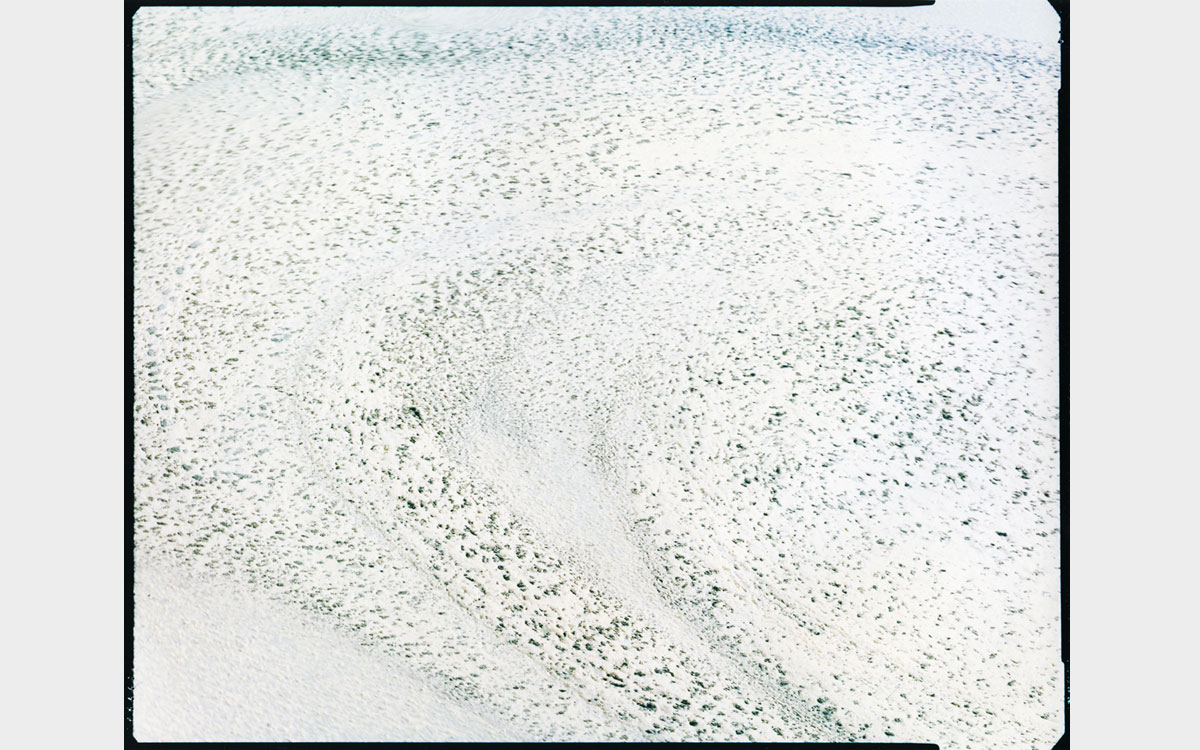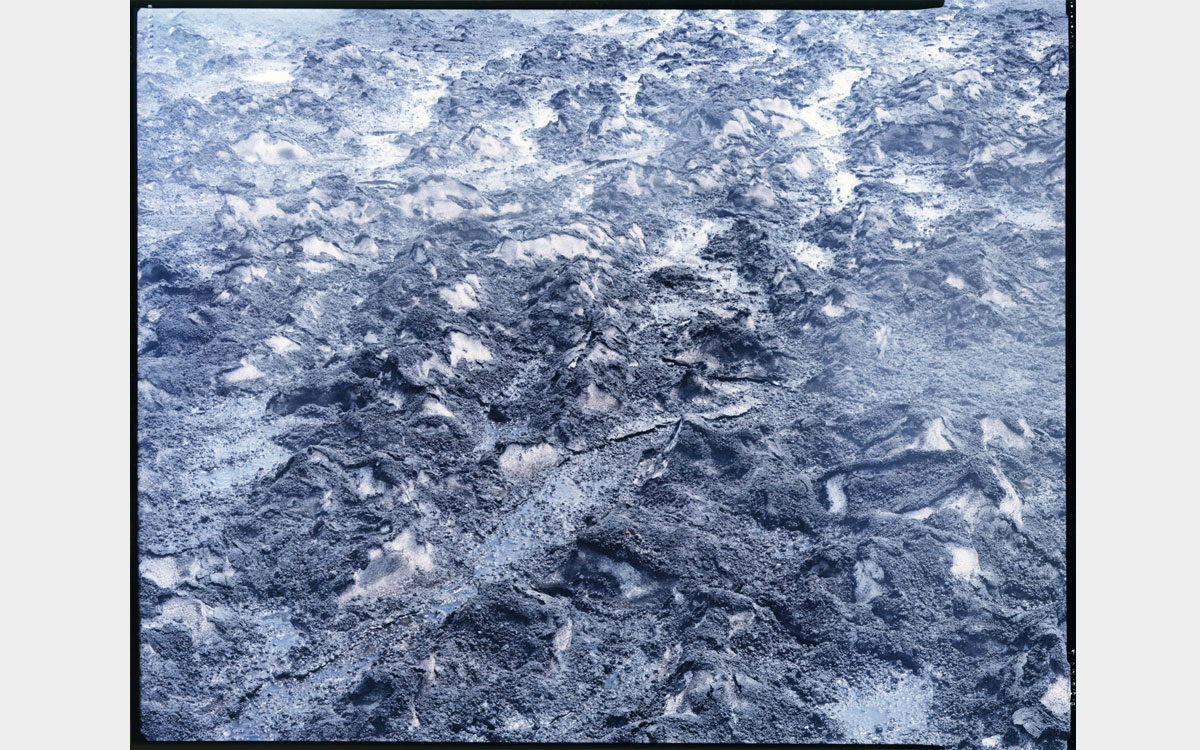Carlo Valsecchi
The photos on show in Reggio Emilia by Carlo Valsecchi come from three apparently separate bodies of work. One of these has finished – Mare Nostrum, a project that lasted five years and was organised around a nautical map on a numeric grid, which numbered and named all the seas that surround Italy. The other two – Vulcano and Merda – are still ongoing.
Vulcano involves working on the peak of Mount Etna in Sicily, where the power of nature, beyond the limits of the woodland vegetation, manifests its destructive and generative aspects.
Merda is his research into the process of transformation of bovine excrement used to produce electricity through anaerobic digestion. A productive cycle with no waste and with a positive effect on the environment, created in Italy.
After his work on the interaction between man and nature in Argentina which became part of San Luis, displayed at MART in Rovereto, this selection develops the theme of Valsecchi’s research into a new dialogue between the essence of nature (Vulcano and Mare) and the essence of living beings, both human and animal (Merda).




